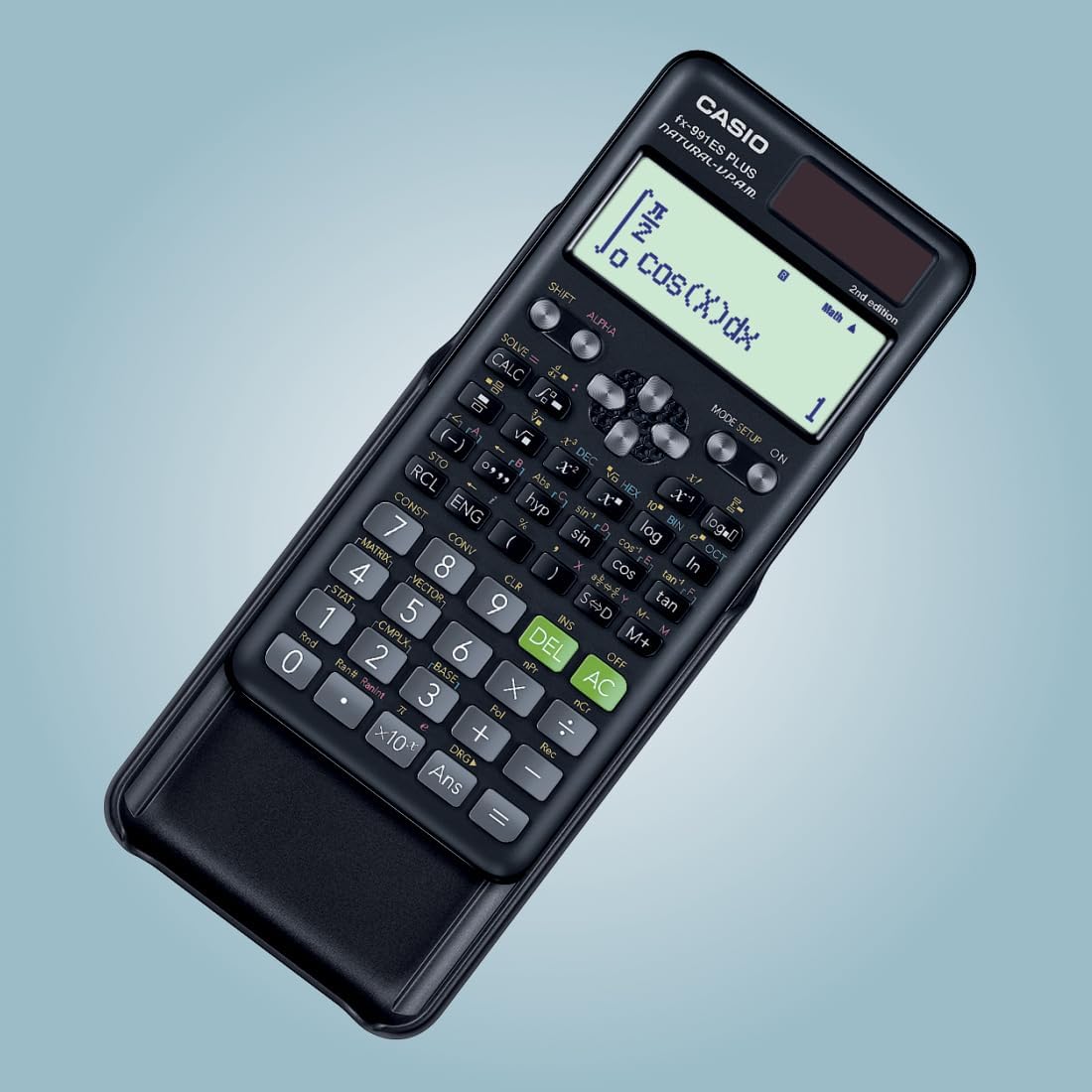Electricity Cost Calculator
Calculate your electricity costs based on appliance usage and energy rates. Add your appliances to see detailed cost breakdowns and find ways to reduce your power bill.
Basic Settings
Appliances
Results
Total Monthly Usage
Total Monthly Cost
Cost Breakdown by Appliance
Understanding Electricity Costs
Electricity is measured in kilowatt-hours (kWh). One kWh is the amount of energy used by a 1,000-watt appliance running for one hour. Your utility company charges you based on the number of kWh you consume. Understanding how much energy your appliances use can help you identify opportunities to reduce your electricity bill. The average US residential electricity rate is around $0.12-$0.15 per kWh, though rates vary significantly by state and utility provider.
How to Calculate Electricity Cost
Daily kWh = (Watts × Hours per Day) ÷ 1000
Monthly kWh = Daily kWh × Days in Month
Monthly Cost = Monthly kWh × Rate per kWh
Tips to Reduce Electricity Costs
- Replace incandescent bulbs with LED bulbs (use 75% less energy)
- Unplug devices when not in use to avoid phantom power drain
- Use programmable thermostats to optimize heating and cooling
- Run dishwashers and washing machines with full loads
- Clean or replace HVAC filters regularly for better efficiency
- Use energy-efficient appliances with ENERGY STAR certification
- Air dry clothes instead of using the dryer when possible
- Keep refrigerator coils clean and set temperature to 37-40°F
Typical Appliance Power Consumption
Kitchen Appliances
- • Refrigerator: 100-400W (runs 24/7)
- • Microwave: 600-1200W
- • Dishwasher: 1200-1500W
- • Electric oven: 2000-5000W
- • Coffee maker: 800-1400W
- • Toaster: 800-1500W
Heating & Cooling
- • Central AC: 3000-5000W
- • Window AC: 500-1500W
- • Space heater: 1000-1500W
- • Electric water heater: 4000-5500W
- • Ceiling fan: 10-50W
- • Portable fan: 50-100W
Entertainment
- • LED TV (50"): 80-150W
- • Gaming console: 100-200W
- • Desktop computer: 200-500W
- • Laptop: 30-70W
- • Cable box: 20-50W
- • Sound system: 100-400W
Laundry & Cleaning
- • Washing machine: 400-1400W
- • Electric dryer: 2000-5000W
- • Vacuum cleaner: 1000-1500W
- • Iron: 1000-1800W
- • Hair dryer: 1200-1875W
Understanding Energy Efficiency
ENERGY STAR Certification
Look for the ENERGY STAR label when buying appliances. ENERGY STAR certified products meet strict energy efficiency guidelines set by the EPA and can save you 10-50% on energy costs compared to standard models. Over the appliance's lifetime, these savings can add up to hundreds of dollars.
Phantom Power (Standby Power)
Many devices continue to draw power even when turned off. This "phantom load" can account for 5-10% of residential energy use. Unplug chargers, use power strips to easily turn off multiple devices, or invest in smart plugs to eliminate phantom power waste.
Time-of-Use Rates
Some utility companies offer time-of-use (TOU) pricing where electricity costs more during peak hours (typically afternoon/evening) and less during off-peak hours (night/early morning). If your utility offers TOU rates, shift energy-intensive tasks like laundry and dishwashing to off-peak hours to save money.
Note: This calculator provides estimates based on the power ratings and usage hours you input. Actual costs may vary depending on your specific appliances, usage patterns, and local electricity rates. Power consumption listed for appliances are typical values - check your device's label or manual for exact wattage. Some appliances have variable power consumption depending on settings and conditions. For precise billing information, consult your utility bill or contact your electricity provider.
Recommended Calculator

Casio FX-991ES Plus
The professional-grade scientific calculator with 417 functions, natural display, and solar power. Perfect for students and professionals.
View on Amazon